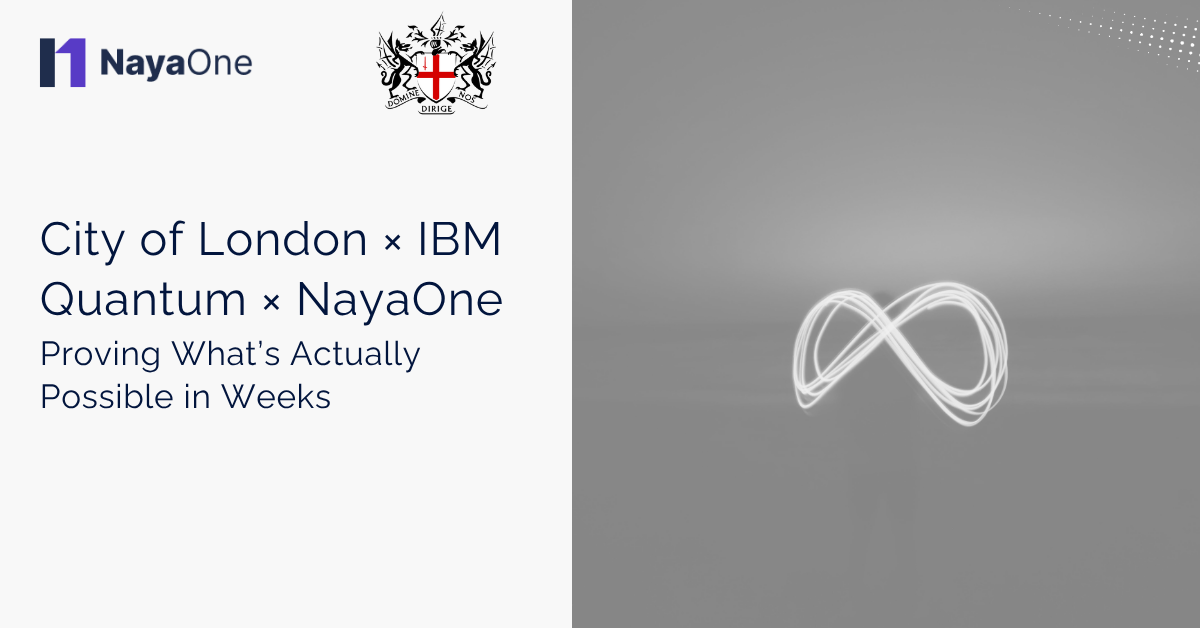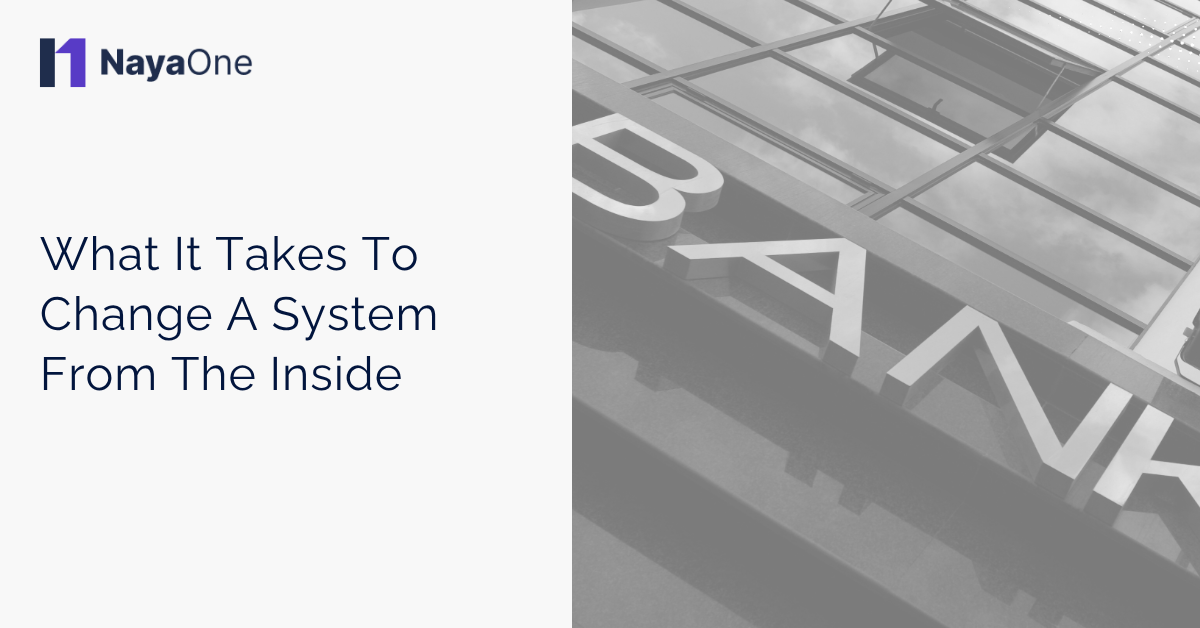For years, the financial services ecosystem has been growing in both complexity and opportunity. Banks, fintech startups, regulators, and technology providers now share the same stage, each playing a vital role in shaping the way money moves, data flows, and innovation happens. Yet, despite all the progress, the industry often feels fragmented. Many players are still working in silos, building products that don’t quite connect or processes that slow collaboration down.
79% of financial institutions have increased cross-departmental data sharing initiatives in the last three years, reflecting a growing awareness of how crucial integration and collaboration are to the future of finance.
The truth is, innovation alone is no longer enough. What defines the next era of finance is integration, the ability for institutions and innovators to connect systems, data, and operations in ways that make collaboration seamless. Smarter integration is what will determine whether the financial ecosystem thrives as a collective or continues to struggle with inefficiencies and missed opportunities.
What does integration really mean in the financial services ecosystem?
When we talk about integration in finance, most people immediately think of APIs and data sharing. And yes, those are key parts of the story. But real integration goes beyond the technical layer. It’s about aligning goals, processes, and experiences across a diverse network of participants.
In a truly integrated ecosystem, banks can plug into fintech platforms to launch new services faster. Regulators can access real-time insights into market activity. Customers can move between digital tools without friction. Every connection adds value and reduces complexity rather than increasing it.
This level of integration requires more than just technology. It calls for open standards, shared governance, and a shift in mindset. Financial institutions need to see each other not as competitors protecting territory, but as collaborators building shared value. The most successful ecosystems are those that prioritise interoperability, where every participant, big or small, can connect and contribute to innovation.
How does smarter integration enhance customer experience and trust?
One of the clearest benefits of integration is what it delivers to the customer. Today’s users expect their financial lives to be simple, connected, and personal. They don’t want to log into multiple apps to manage payments, loans, and investments. They want everything to work together intuitively and securely.
When the financial services ecosystem embraces smarter integration, institutions can deliver exactly that. Imagine a world where a customer’s financial data moves securely between trusted providers to enable tailored recommendations or faster credit approvals. When systems communicate efficiently, customers enjoy better experiences with less friction and fewer delays.
Integration also strengthens trust. In finance, trust isn’t built through marketing alone; it’s built through consistency and transparency. When customers see that their information is handled responsibly, that transactions are processed accurately, and that support is always available, confidence grows. Behind every smooth customer journey is an ecosystem of connected systems quietly ensuring everything runs the way it should.
What role does technology play in enabling seamless collaboration?
Technology sits at the heart of smarter integration. Without it, the financial ecosystem would still rely on manual processes and disconnected systems that slow innovation down. Today, open APIs, cloud infrastructure, and digital sandboxes are helping reshape the industry by making collaboration not only possible but efficient.
Open APIs create bridges between institutions, allowing data to flow securely and enabling new services to be built on existing frameworks. Cloud platforms bring scalability and flexibility, giving organisations the freedom to test, launch, and iterate without heavy infrastructure investments. Digital sandboxes offer a safe, controlled environment for testing integrations before they go live, reducing risk and accelerating deployment.
What’s most exciting is how these technologies bring different stakeholders closer together. A fintech can now test its product directly within a bank’s digital environment. Regulators can observe outcomes without disrupting live systems. Partners can co-create solutions in real time. This is the foundation of a collaborative ecosystem, one that thrives on openness rather than isolation.
Can integration drive sustainability and resilience across the industry?
Smarter integration doesn’t just make things faster or more efficient; it also makes the financial services ecosystem more sustainable and resilient.
For one, it helps financial institutions respond to regulatory changes with agility. Instead of scrambling to update systems or collect data manually, integrated frameworks ensure compliance processes are streamlined and auditable in real time. This reduces operational risk and makes oversight more transparent.
Integration also supports sustainability goals by improving data visibility. When banks and fintechs share information responsibly, they can better assess environmental and social impacts, measure green investments, and make more informed lending decisions. A connected ecosystem enables institutions to understand not only their own footprint but also that of their partners and clients.
Resilience is another key outcome. Integrated systems allow organisations to identify risks earlier, recover faster from disruptions, and maintain service continuity even in times of crisis. The financial landscape is constantly changing, but an interconnected network of players can adapt more effectively than isolated entities.
Is the financial services ecosystem ready to unlock its full potential?
The financial industry has reached a crossroads. On one hand, it’s brimming with innovation, new players, and transformative technologies. On the other hand, it’s held back by fragmentation, legacy systems, and competing standards. The opportunity lies in bridging those gaps through smarter integration.
By connecting systems, aligning goals, and encouraging collaboration, the fintech ecosystem can evolve into something truly powerful: a dynamic network that benefits everyone involved, from institutions to end users.
The future of finance isn’t about building the next standalone product. It’s about building connections that make every product, service, and experience better. Integration isn’t just a strategy; it’s the key to unlocking the full potential of the ecosystem. And those who embrace it early will define the direction of finance for years to come.






